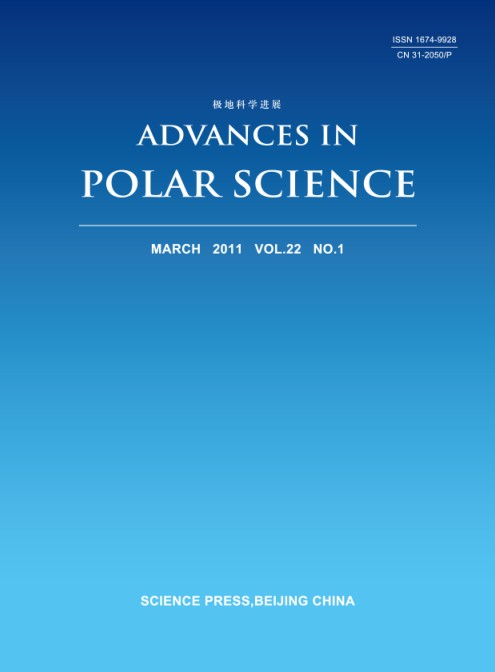A 3.8-km Coupled Ice-Ocean Model(CIOM) was implemented to successfully reproduce many observed phenomena in the Beaufort and Chukchi seas,including the Bering-inflow-originated coastal current that splits into three branches: Alaska Coastal Water(ACW),Central Channel,and Herald Valley branches.Other modeled phenomena include the Beaufort Slope Current(BSC),the Beaufort Gyre, the East Siberian Current(ESC),mesoscale eddies,seasonal landfast ice,sea ice ridging,shear,and deformation.Many of these downscaling processes can only be captured by using a high-resolution CIOM,nested in a global climate model.The seasonal cycles for sea ice concentration,thickness,velocity,and other variables are well reproduced with solid validation by satellite measurements.The seasonal cycles for upper ocean dynamics and thermodynamics are also well reproduced,which include the formation of the cold saline layer due to the injection of salt during sea ice formation,the BSC,and the subsurface upwelling in winter that brings up warm,even more saline Atlantic Water along the shelfbreak and shelf along the Beaufort coast.

